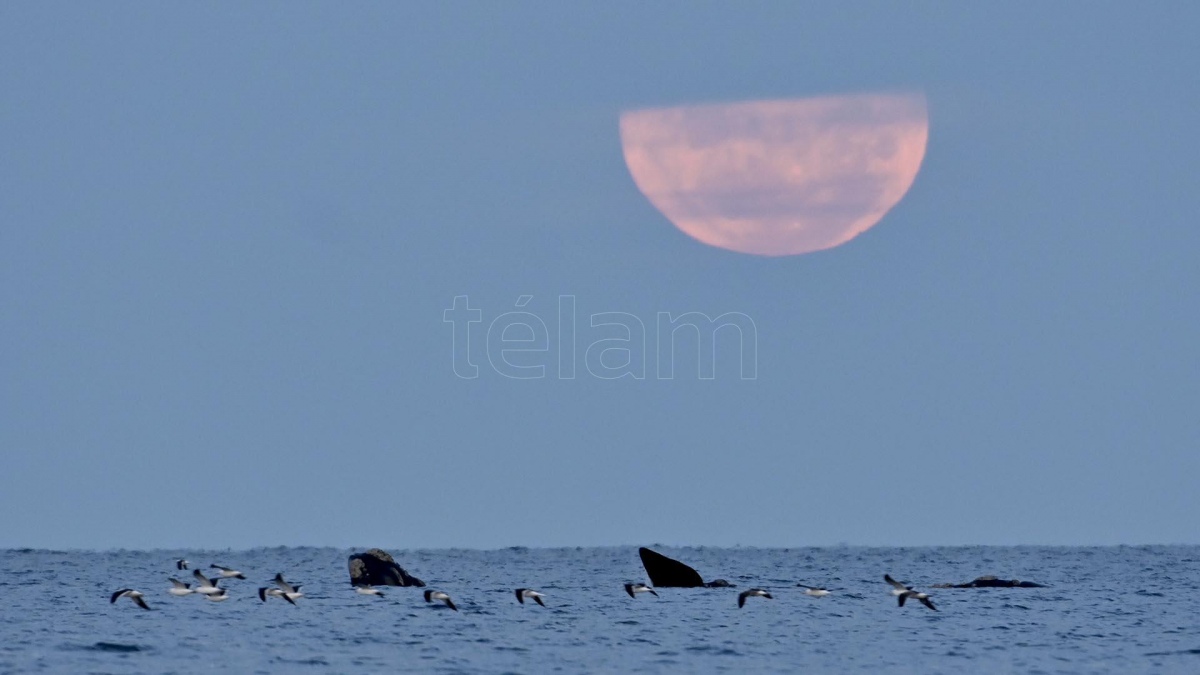 Photo: Maxi Jonas.
Photo: Maxi Jonas.
Puerto Madryn envelops the Nuevo Gulf and its calm waters with arms of land while the sun rises slowly and a group of men and women are silhouetted on the horizon with their neoprene suits ready to go swimming with sea lions. The city seems just an excuse, and the important thing, in any case, is to go and live natural experiences.
It could be that snorkel leaving with the first light of the day -an approximate hour by boat- to Punta Loma, accompanied by the instructors of the operator Scuba Duba; or a sunset at the San Guillermo ranch to observe the immense Patagonian sky passionately explained by Nani, the Patagonia Sky guide, in an astrotourism experience.
Besides, at different times of the year, the sighting of whales, orcas and dolphins, and the penguin colony of the San Lorenzo ranch (all this in Peninsula Valdes), make up a series of activities to learn about the behavior of each of these species in their natural state.
The question then is whether Puerto Madryn is just that excuse that was discussed at the beginning of this chronicle or does it mean something else: a city that was born from an extraordinary cultural fusion and that today has a hard-working and imaginative population.
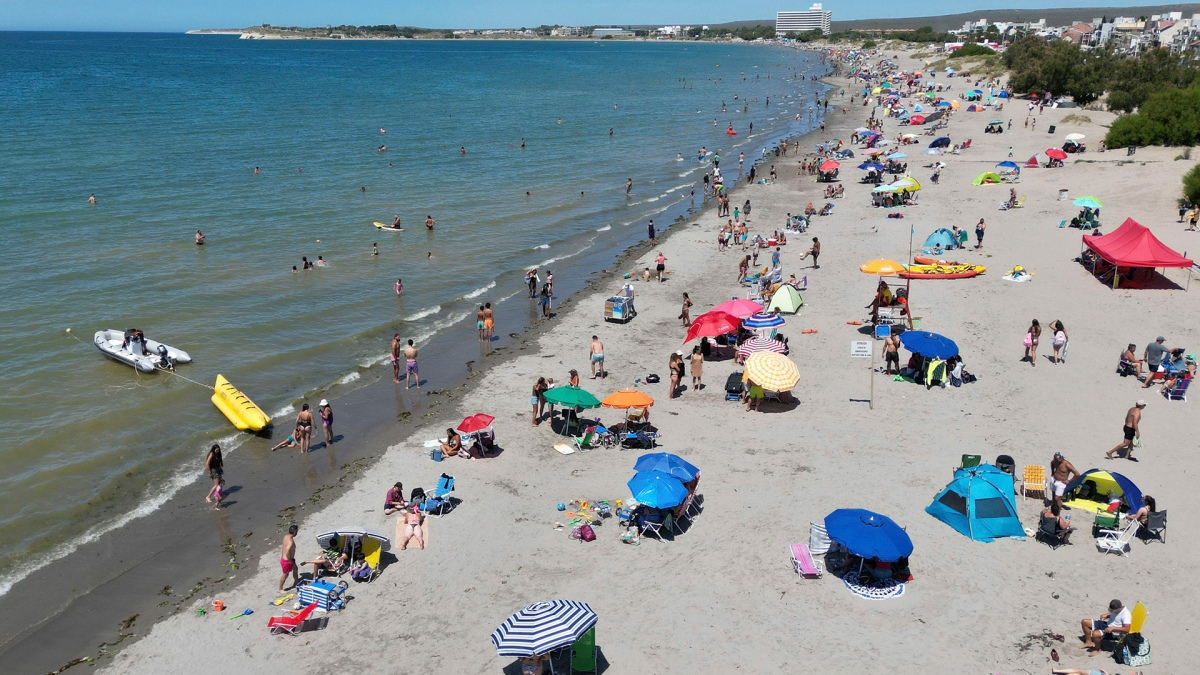 Photo: Maxi Jonas.
Photo: Maxi Jonas.
Today Puerto Madryn is the object of desire for many young people, and not so much, who want to settle permanently, and many succeed, as shown by the exponential growth of the population, so the answer is obvious: Puerto Madryn is no excuse .
To get to know the B side (not only that of nature), it is recommended to take a look at the wide waterfront and choose one of its inns to taste gastronomic delicacies, with shrimp as the star product.
The city can be roughly divided into two halves: north and south, starting from an imaginary axis that is the intersection of Gales and Roca avenues.
It is the point where the city began in the 70s and ended at the old dock. To the south, the residential area; to the north the road that leads to the Valdes Peninsula.
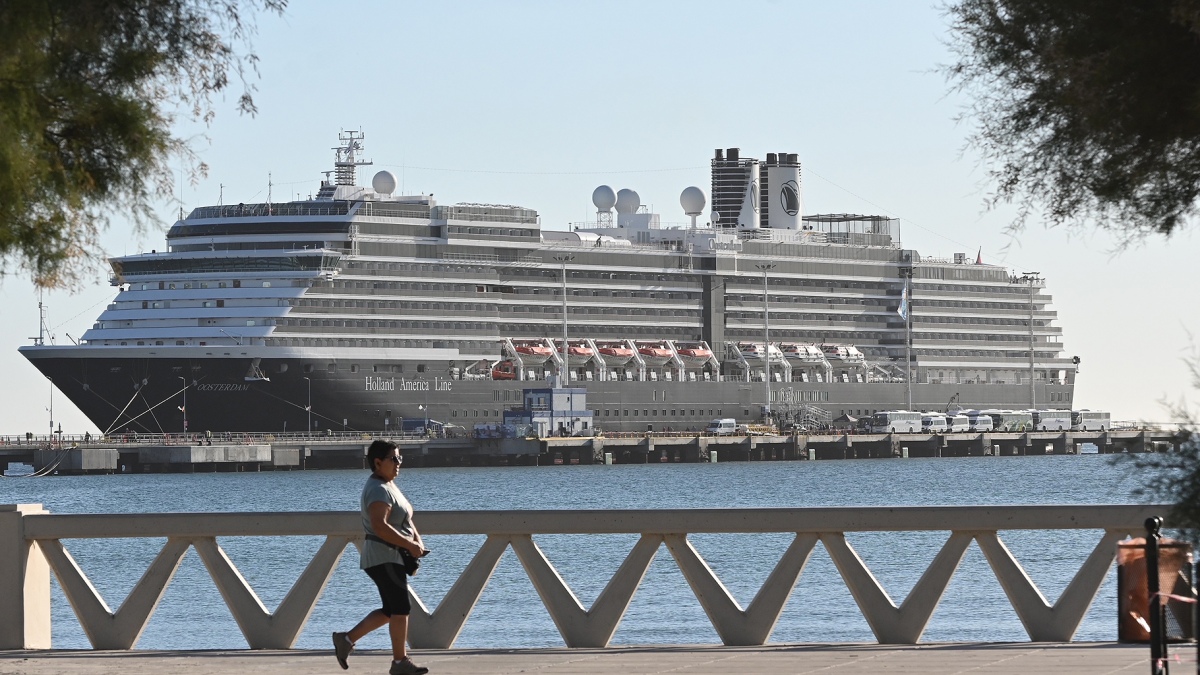 Photo: Maxi Jonas.
Photo: Maxi Jonas.
The tourist guide, Adriana Chao, explained that the old pier – today a tourist one – “received the last cruise ship that ended the season on April 1.”
In the area that goes from the center to the north you can see much simpler houses than in its southern counterpart, and they belong to those born and raised in Puerto Madryn, owners of those farms dedicated to raising sheep for the production of Merino wool.
In that area is the monument to the Welsh feat, represented by a woman, where on one side a group of white men are received by the Tehuelches, and on the other only white men with a bible.
“The woman wears a dress that is moved by the Patagonian wind, while her back is turned to the sea because she left an island,” Chao said.
A few meters from there, where the monument to the sailor is, is the beach next to the pier where different social activities take place, always organized by the municipality, such as the traditional National Lamb Festival, local dance groups and a number of workshops. free.
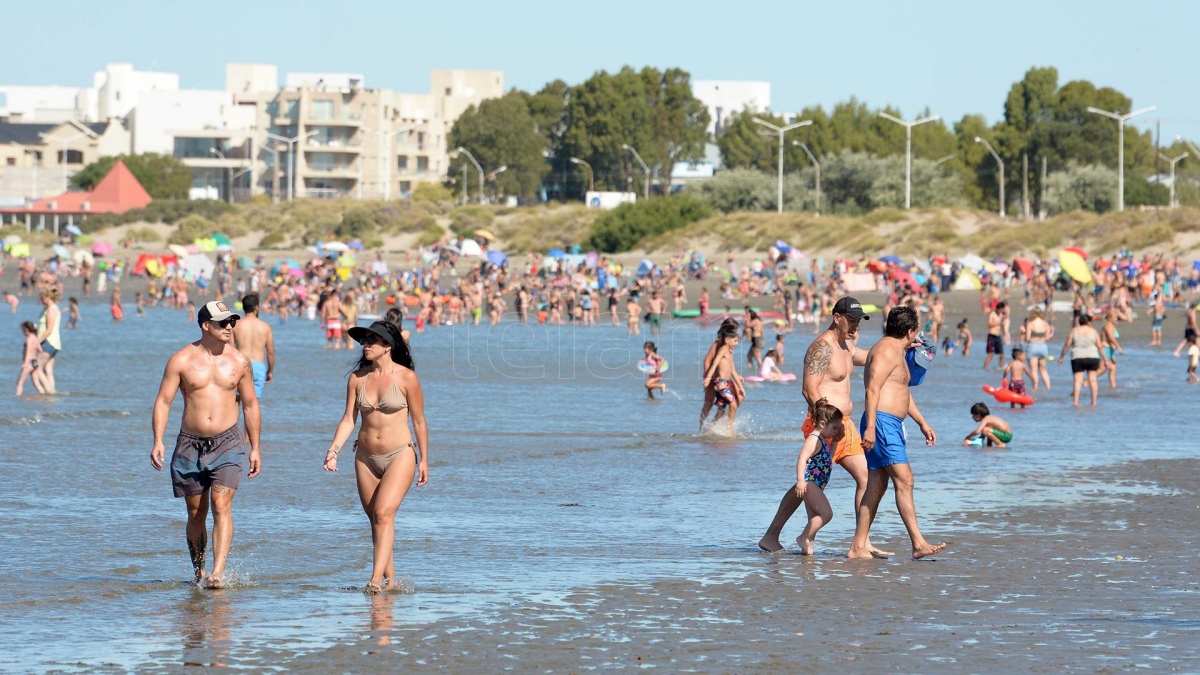 Photo: Maxi Jonas.
Photo: Maxi Jonas.
In this historic place, a brick building can be seen in a corner with an inscription in a circle that says Chubut mercantile company, written in Spanish and Welsh, and 100 meters away is the bus terminal where the old railway station was, near of a recognized business that sells and produces all the elements for underwater swimming.
“Here the divers are very famous, it is a popular activity, and he was a diver in the 50s who brought others to sell products and thus began the development of tourism”, explained the tourist guide, and recalled that Puerto Madryn is the National Capital of Diving.
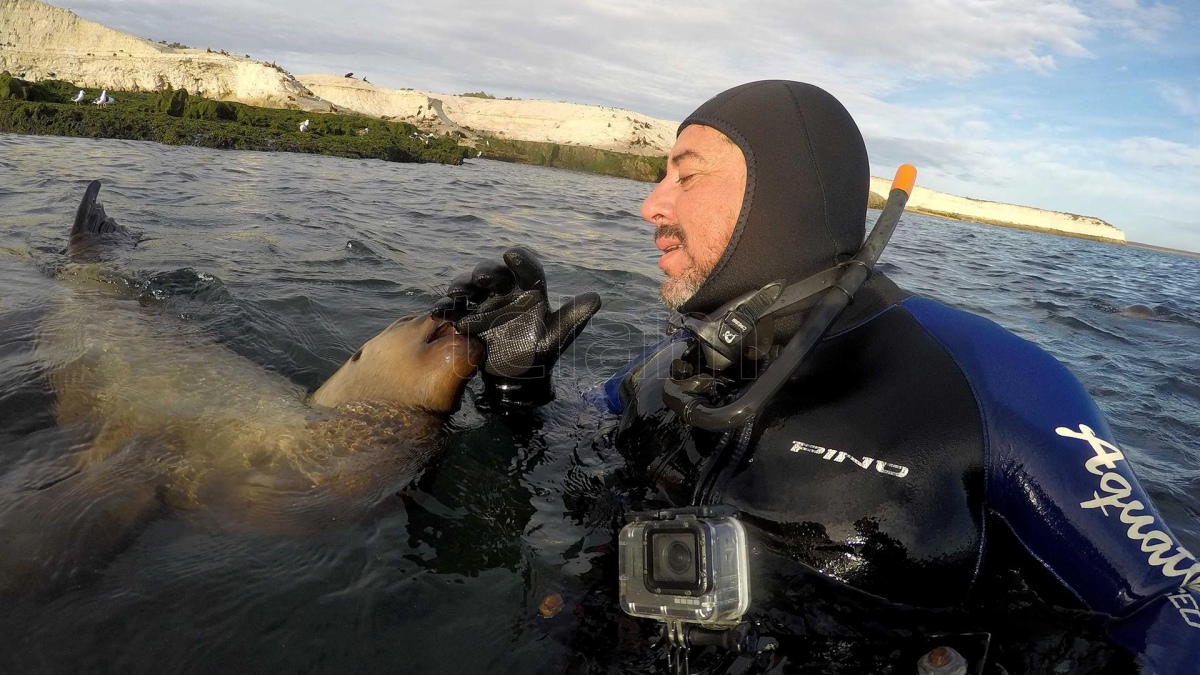 Photo: Maxi Jonas.
Photo: Maxi Jonas.
In that part of the coastal zone is the Museum of Man and the Sea, also known as Chalet Pujol, which belonged to a Catalan-Spanish entrepreneur who donated the house to the community as he had no offspring.
“When the 153 Welshmen arrived in 1865, on July 28, the day of the landing, they walked 100 kilometers and founded the first colony, where the Chubut River empties,” Chao described.
It was given the name of an Argentine minister, Rawson, because he was the one who voted so that they could be installed -despite being Protestants and not Catholics-, something that other authorities did not share.
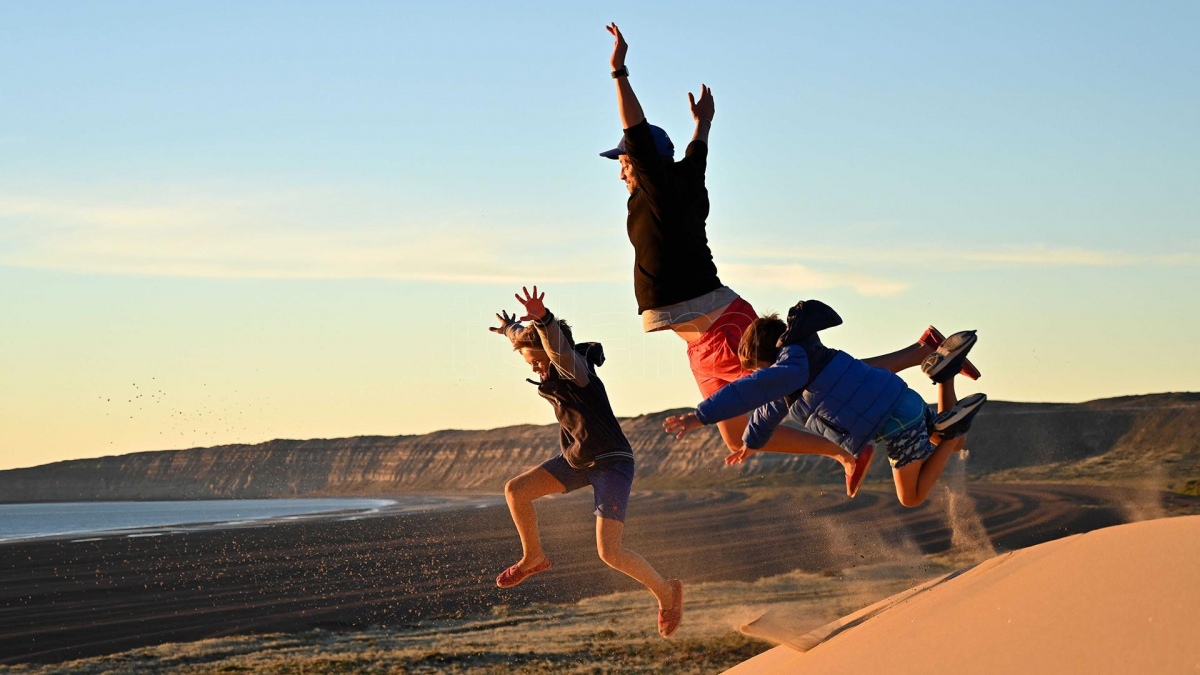 Photo: Maxi Jonas.
Photo: Maxi Jonas.
When the workers to build the railway arrived 21 years later (another July 28), they settled in this area and gave rise to the city. “Puerto Madryn begins to be built and grows, until the aluminum factory Aluar (Aluminio Argentino) arrives, the largest in South America,” he added.
“The most aesthetic growth occurred to the south, where the land was super cheap until the 90s. For example, a piece of land facing the sea cost $5,000. A few years later it cost $15,000, and today there are no more. extending the urbanization, but where there are land, that is why construction is also beginning in the northern part,” he explained.
His story
The city owes its name to the last Baron of Madryn, Sir Love Jones-Parry, who had a castle near the town of Nefyn, in Wales, and who arrived in the area two years before the contingent of his compatriots, and is the one who decides where the colony was going to be founded, said the guide Adriana Chao.
The city owes its name to the last Baron of Madryn, Sir Love Jones-Parry, who had a castle near the town of Nefyn, in Wales.
“In addition, he thinks about the symbol of European modernity that was the railway and says that they should build it to transport the future agricultural product, and that the best natural port from where they should start exporting was 100 kilometers away, that is, today Madryn , at that time only Gulf”, he said.
The aristocrat never lived in the place, made those decisions and returned to Wales, but the one who did remain was the other important pioneer, Louis Jones.
“Once the colony in the valley area functioned economically and was profitable, Jones decided to build the railroad and managed the permit with the authorities in Buenos Aires, which became the Patagonian railroad of the Compañía de las Tierras del Sur” , accurate.
Spaniards, Italians and Welsh were the ones who built the two ends of the railway, and who gave the name Madryn to one of the ends and Trelew -or city of Lewis Jones- to the other
The reality is that Jones sold the railroad company because by building it he was going to take a royalty on the land along the tracks.
Spaniards, Italians and Welsh were the ones who built the two ends of the railway, and who gave the name Madryn to one of the ends and Trelew -or the city of Lewis Jones- to the other.
“That railway reached Rawson, it reached the Plateau, as far as Las Plumas, because the idea was that it would reach the mountains, but what happened is that, since it was not profitable, the Southern Land Company turned it over to the State” Chao explained.
The stories go on and on until they simulate a film with a light camera that surprises with the number of events that took place in the area and that show that Madryn is everything: history, gastronomy, dreams, imagination, work and, above all, the natural environment. which is already a registered trademark in the world.


